
This actually the abbreviation for the vacuum assisted closure and it is one of the most advancing techniques as far the process of healing the open injuries are concerned, either as a result of some trauma, or as the consequence of some surgical procedure. The use of this technique in medicinal purposes has significantly lowered the possibilities of the fatal outcome after a number of different types of the wounds, especially having in mind that the process of the regeneration is enhanced even in the case of the most severe wounds, such as the infected wound on the chest wall, for instance.
So, the infectious process, which is likely to appear on the area of the recent surgical incision of the chest wall is among those which are the most difficult to deal with, and in the addition, in this case, the process of the regeneration is very slow. Also, this case scenario is very frequent possible complication of the surgical procedures that include the incision on this specific place. As the consequences of the infectious, and therefore, the inflammatory process, certain amount of pus (and, consequently, the following discharge) and abnormal redness of the skin due to the blockage of the capillaries are the likely following troubles and the part of the complication. The biggest problem, however, in this case, was the conventional way of dealing with the infection by the therapy of the medications that annihilate the bacteria, which could not deal successfully with the evident damage caused to the area within the thorax.
The major complication
Now, the VAC treatment is not followed with the pus and secretion from the wound, at all. And, more importantly, with this treatment, the healing process usually much shorter than in the case of the orally taken antibiotics. Nevertheless, the side-effect of this kind of the treatment could be the apparition of an emphysema, the increased level of the white blood cells, the increased temperature of the body, and the possibility of the bacteria staphiloccocus areus turning out to be resistant to this treatment.
On the other hand, the beneficial effect of this treatment are the encouraged granulation of the tissue, the better circulation of the blood in that area, the enabled formation of lymphatic vessels, and, of course, the reduction of the bacteria to the minimum.
Nevertheless, the formation of the emphysema is the most dangerous possible following effect, and it is probably due to somewhat unnatural secretion from the wound. But, after the process of the drainage from the wound is completed, and the removal of the emphysema is performed, the process of healing is comfortable and safe, and there is nothing more to worry about.


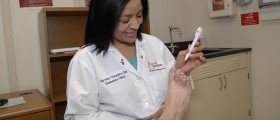
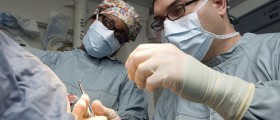


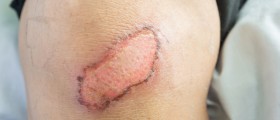
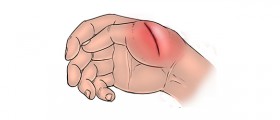
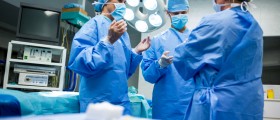
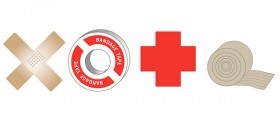
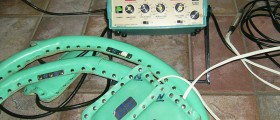

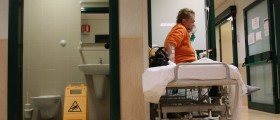

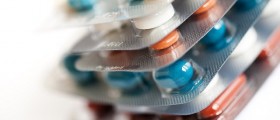

-Arthritis_f_280x120.jpg)
Your thoughts on this
Loading...